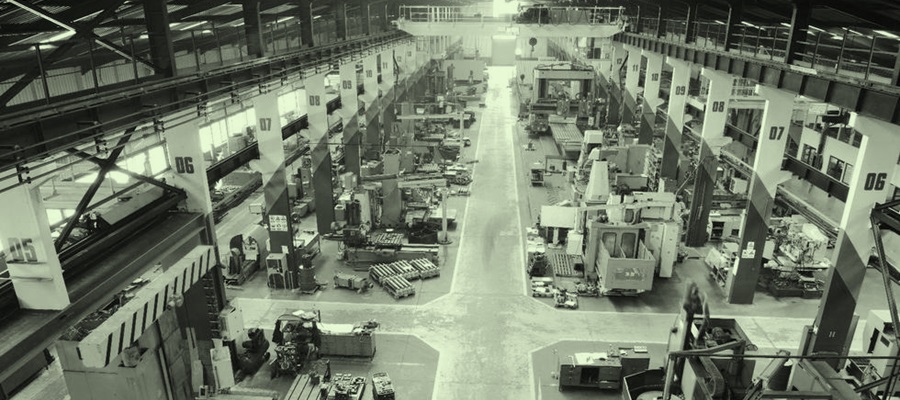R&D Tax Credits for Manufacturing

The software underpinning RDRelief was sold to one of the big-4 professional service firms in 2018. Consequently, the brand is no longer in operation.
- R&D Tax Advisors are invited to find out more about the Inspired.tax claim preparation software.
- Otherwise, please feel free to continue to browse this website for useful information regarding claiming R&D Tax Credits in the UK. However, beware that none of the information has been updated since 2018.
Contents
Eligibility Criteria
Main article: Eligibility Criteria
UK Department for Business, Energy & Industrial Strategy (BEIS) has explicitly defined the types of Projects that qualify as R&D Tax Credits.
The BEIS definition of R&D for tax purposes is general and applies to many different industries, but we will put this more into the context of manufacturing claims, to help identify which projects (and what costs) qualify.
The eligibility criteria require:
- The project to seek to achieve an Advance in Science or Technology
- The company must attempt to overcome the associated Scientific or Technological Uncertainty in achieving the Advance
Technological Advance in Manufacturing
Main article: Scientific or Technological Advance
The Scientific or Technological Advance must be relative to the current Technological baseline within manufacturing. Hence, the Advance can't just be that you are applying Technology for which there is already a publicly available reference. Likewise, it can't be a commercial, business or functional Advance - often projects have such an Advance, but it is the Scientific or Technological Advance behind this which is essential to demonstrate eligibility for R&D Tax Credits.
Projects seeking to develop new, or improved, manufacturing techniques, with:
- increased throughput
- greater precision
- ability to cope with higher tolerances
- processes that can extend the life of a product or result in less waste
- improve environmental or safety performance
Can all potentially be eligible as R&D for tax purposes.
The key point around the Technological Advance is that you must be going forwards from the industry baselines of knowledge and capability, which means that you can't just be coping, or reusing information in the public domain.
Technological Uncertainty in Manufacturing
Main article: Scientific or Technological Uncertainty
The 'Technological' Uncertainty definition refers to the scenario where a competent professional in manufacturing is either uncertain whether the Technology is even feasible at all, or about how to achieve it in practice bringing together different conflicting design decisions.
On a Manufacturing Project, this may be because of the challenges faced at high production rates, or some other 'Technological' reason!
Also, you may encounter systems Uncertainty, where it is unclear what the overall throughput and quality of a system will be after integrating together several standard components in a non-standard way.
Includable Activities
Main article: Directly Contributing Activities
An R&D project for tax purposes starts when work to overcome the Technological Uncertainty begins and ends when the Technological Uncertainty has been resolved (or work otherwise ceases).
Concept, schematic, detailed design and other activities that progress the trial phases typically contribute to overcoming Technological Uncertainty on the project and so can be included. Also, project management of manufacturing R&D activities is includable (where it is undertaken to manage and progress the technical issues of the R&D project). You can include the time spent by technicians and admins working on the manufacturing R&D projects, where it is required to progress the activities that are seeking to resolve Technological Uncertainty.
You can also include costs for materials consumed while undertaking the R&D activities - so long as you do not go on to sell these items have the completion of the R&D.
Example of a Successful Claim
Article describing a project concerning the development of headphones that had a thin metal casing.
